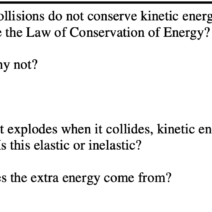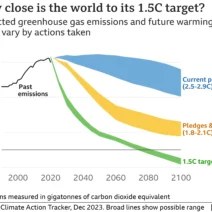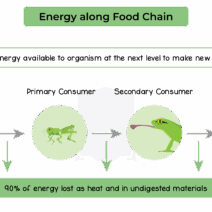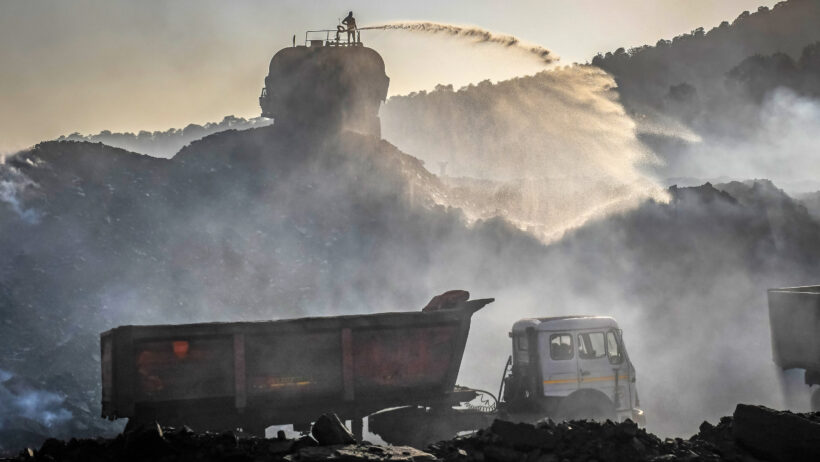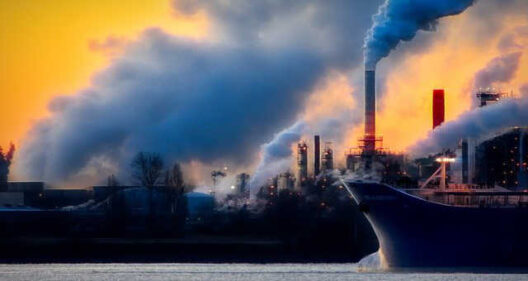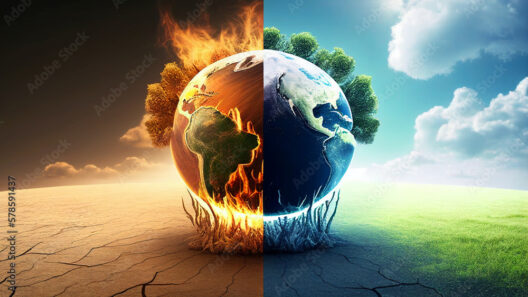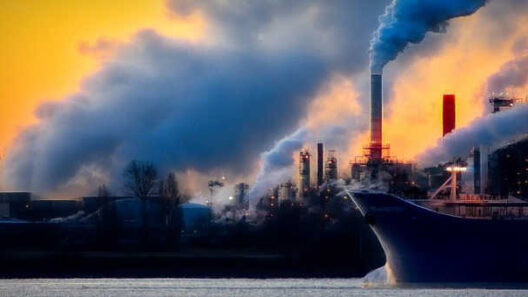In the discourse surrounding climate change, two gases often come to the forefront: carbon dioxide (CO2) and carbon monoxide (CO). While both are pivotal in discussions about global warming, their roles, impacts, and relative significance diverge dramatically. This exploration delves into the intricacies of each gas, examining their sources, characteristics, and ultimate effects on our planet’s climate system.
Carbon dioxide is primarily known for its role as a greenhouse gas. Released through human activities such as fossil fuel combustion, deforestation, and various industrial processes, CO2 accumulates in the atmosphere, where it traps heat. Its contribution to global warming is substantial; it is accountable for approximately three-quarters of global greenhouse gas emissions. The long atmospheric lifespan of CO2, which can endure for centuries, further amplifies its impact.
On the other hand, carbon monoxide, a colorless, odorless gas, primarily originates from incomplete combustion of fossil fuels, biomass burning, and certain industrial processes. Although it is not a greenhouse gas in the traditional sense, it plays an indirect role in climate change. Carbon monoxide interacts with other atmospheric compounds, including ozone and methane, modifying their lifetimes and functions. This indirect effect on climate necessitates careful consideration, despite CO being present in much lower concentrations than CO2.
When evaluating the warming potential of these gases, we turn to a concept known as Global Warming Potential (GWP). GWP assesses how much heat a particular greenhouse gas traps in the atmosphere over a specified timeframe compared to CO2. Over a 100-year period, for instance, methane holds a GWP of approximately 28 to 36 times that of CO2. While CO does not have a direct GWP in the same way, its role in forming ozone – a potent greenhouse gas – illustrates its multifaceted influence on warming.
The intricate dynamics of the atmosphere complicate a straightforward comparison between CO and CO2. Carbon dioxide serves as a primary driver of climate change due to its ubiquity and longevity. Its role as a parent gas, meaning it is foundational to forming other greenhouse gases such as methane and ozone, underscores its significance. Conversely, carbon monoxide’s relevance lies in its ability to influence atmospheric chemistry; thus, while it does not contribute directly to warming as significantly as carbon dioxide, its presence can exacerbate the effects of other greenhouse gases.
Furthermore, the toxicity levels of these gases should not be overlooked. Carbon monoxide is known for its deleterious effects on human health. It binds with hemoglobin in the blood, effectively reducing oxygen transport. In enclosed spaces, elevated levels can lead to severe health issues or even fatalities. In contrast, carbon dioxide is not acutely toxic, but elevated atmospheric concentrations contribute to ocean acidification and other ecological disturbances that threaten biodiversity.
Addressing the implications of each gas necessitates an examination of policy responses and mitigation strategies. The primary focus remains on carbon dioxide, given its significant role in climate change. International agreements, such as the Paris Accord, aim to limit CO2 emissions, recognizing their long-term climate impacts. The trajectory of CO2 emissions initiatives underscores a collective acknowledgment of the peril posed by this gas.
Conversely, carbon monoxide’s presence in environmental policies has historically been more niche. Primary regulatory efforts have revolved around air quality standards and public health concerns rather than direct climate implications. This gap indicates a potential area for expansion in advocacy efforts, promoting awareness of the interconnectedness of CO with broader greenhouse gas dynamics.
In terms of public perception, carbon dioxide has become synonymous with climate change, largely due to its prominence in media discussions and scientific literature. Campaigns often emphasize reducing reliance on fossil fuels, promoting renewable energy alternatives as a pathway to mitigate CO2 emissions. However, carbon monoxide remains largely obscured in this narrative, which underscores the necessity for increased education about its indirect influence on our atmospheric conditions.
The intersection of carbon emissions, health impacts, and climate change presents both challenges and opportunities. Innovative technologies, such as carbon capture and storage, promise to curtail CO2 emissions significantly. In contrast, combating carbon monoxide emissions requires advancements in combustion technologies and regulatory frameworks aimed at limiting its release into the atmosphere.
In conclusion, the debate between carbon dioxide and carbon monoxide in the context of global warming elucidates the complexity of atmospheric sciences and the multifarious nature of climate change. While carbon dioxide remains the more critical player in driving global warming due to its substantial and enduring presence, carbon monoxide’s indirect role underscores the urgency of a comprehensive strategy. Addressing both gases holistically can pave the way for more effective climate action, ensuring a sustainable future for our planet.
